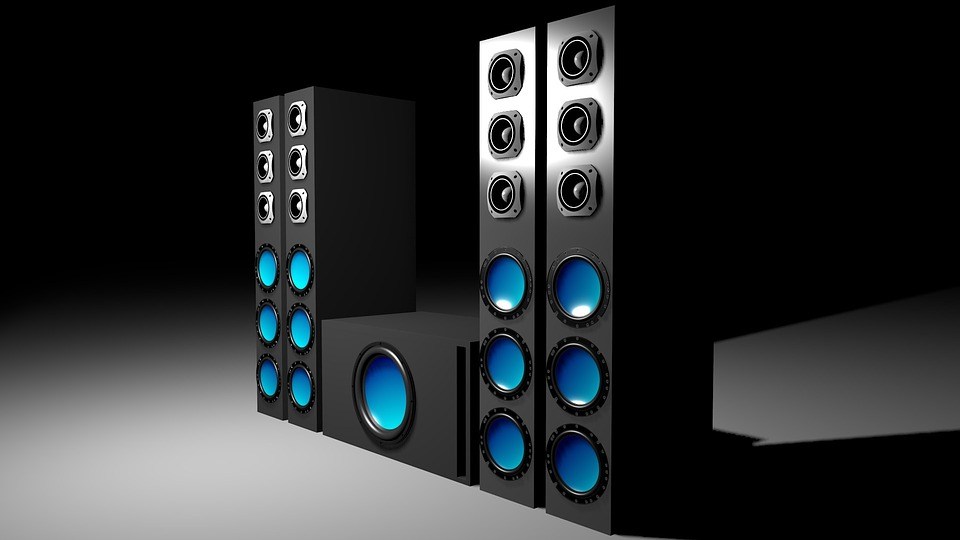 Bis 2020 werden 25 Prozent der Haushalte, die einen Lautsprecher mit virtuellem Assistenten benutzen, noch weitere dieser Geräte besitzen.
Bis 2020 werden 25 Prozent der Haushalte, die einen Lautsprecher mit virtuellem Assistenten benutzen, noch weitere dieser Geräte besitzen.
Die Ausgaben von Endverbrauchern weltweit für Lautsprecher mit integriertem virtuellen Assistenten (VPA) werden bis 2020 die Summe von 2,1 Milliarden US-Dollar erreichen. Laut dem IT-Research und Beratungsunternehmen Gartner beliefen sich die Ausgaben im Jahr 2015 noch auf 360 Millionen US-Dollar. Bis 2020 werden voraussichtlich 3,3 Prozent der Haushalte einen VPA-Lautsprecher besitzen.
»Vergangenes Jahr setze sich der Markt für VPA-Lautsprecher noch hauptsächlich aus den Ausgaben der Endverbraucher für Amazon Echo zusammen – ein kabelloser Lautsprecher mit einer Reihe an integrierten Mikrophonen, die es ermöglichen, die Stimme des Nutzers für die virtuelle Assistentin Alexa von Amazon zu erfassen und darauf zu antworten. Später stellte Amazon Tap und Echo Dot vor«, erläutert Werner Goertz, Research Director bei Gartner. »Bis zum Jahr 2020 werden die Produkte der Wettbewerber und Drittanbieter-Implementierungen der führenden VPAs (Googles Assistent, Siri von Apple und Cortana von Microsoft) wahrscheinlich aufgeholt haben.«
Gartner Says Worldwide Spending on VPA-Enabled Wireless Speakers Will Top $2 Billion by 2020
By 2020, 25 Percent of Households Using a VPA Speaker Will Have Two or More Devices
End-user spending for the worldwide virtual personal assistant (VPA)-enabled wireless speaker market will reach $2.1 billion by 2020, up from $360 million in 2015, according to Gartner, Inc. By 2020, 3.3 percent of global households are forecast to have adopted a VPA-enabled wireless speaker.
»Last year, the VPA speaker market essentially consisted of end-user spending focused entirely on Amazon Echo, a wireless speaker with an array of embedded microphones to capture and respond to users‘ far-field voice commands for Amazon’s VPA — Alexa. Later, Amazon introduced the Tap and Echo Dot,« said Werner Goertz, research director at Gartner. »By 2020, competitors‘ products and third-party implementations of leading VPAs (Google Assistant, Apple’s Siri and Microsoft’s Cortana) will likely have ramped up.«
VPA speakers, especially those that are wall-powered, allow for multiple devices to be owned by a household and installed in a home. The value of the device is derived from the ease of use and the natural, intuitive interaction model. If this value is recognized by all household members, it will drive the desire to have terminal access throughout the entire house, not just in one room.
»A significant number of households could therefore have more than one unit, or even one per room,« said Mr. Goertz. »With smaller form factors, price erosion over the years and potenzial subsidization models, we expect that 75 percent of households with VPAs will have one, 20 percent will have two, and five percent will have three or more devices by 2020.«
Today’s VPAs are limited in vocabulary and contextualization, but they will improve in the future. While speech-to-text conversion has matured since the early days of voice recognition, it is the semantic interpretation of the spoken word, the contextualization of the vocal expression and the rendering of a meaningful response that still require optimization.
Gartner expects that by 2020, a natural-language interaction could be delivered that satisfies users and creates scenarios with significantly improved value. Consequently, adoption of VPA interaction, especially in commercial applications, will occur and drive unit sales for VPA speakers.
»The widespread adoption and proliferation of VPA speakers could result in a significant number of online shopping orders in the home being initiated from a VPA speaker, rather than a laptop or mobile device,« said Mr. Goertz. »Vendors that are able to create an intimate, familiar relationship with the user will be able to contextualize ordering to the extent that preferred products will be proposed, and processing details will already be captured. As a result, the user’s propensity to purchase products and services using VPA systems should increase, transactional friction could be reduced and the overall user experience would be improved.«
Gartner clients can read more in the report: »Forecast Snapshot: VPA-Enabled Wireless Speakers, Worldwide, 2016.«
Gartner analysts will explore new digital platforms at during Gartner Symposium/ITxpo 2016, the world’s most important gathering of CIOs and other senior IT executives. Follow news and updates on Twitter using #GartnerSYM.
Automobilproduktion 2020: Die wichtigsten Digitaltrends in der Montage
Customer Experience Management: Wie digital ist Ihr Kundenkontakt?
Vom virtuellen Prototyp zum Serienmodell: »Virtuelle Techniken im Automobilbau«
1 comment for “Lautsprecher mit virtuellem Assistenten vor dem Boom”